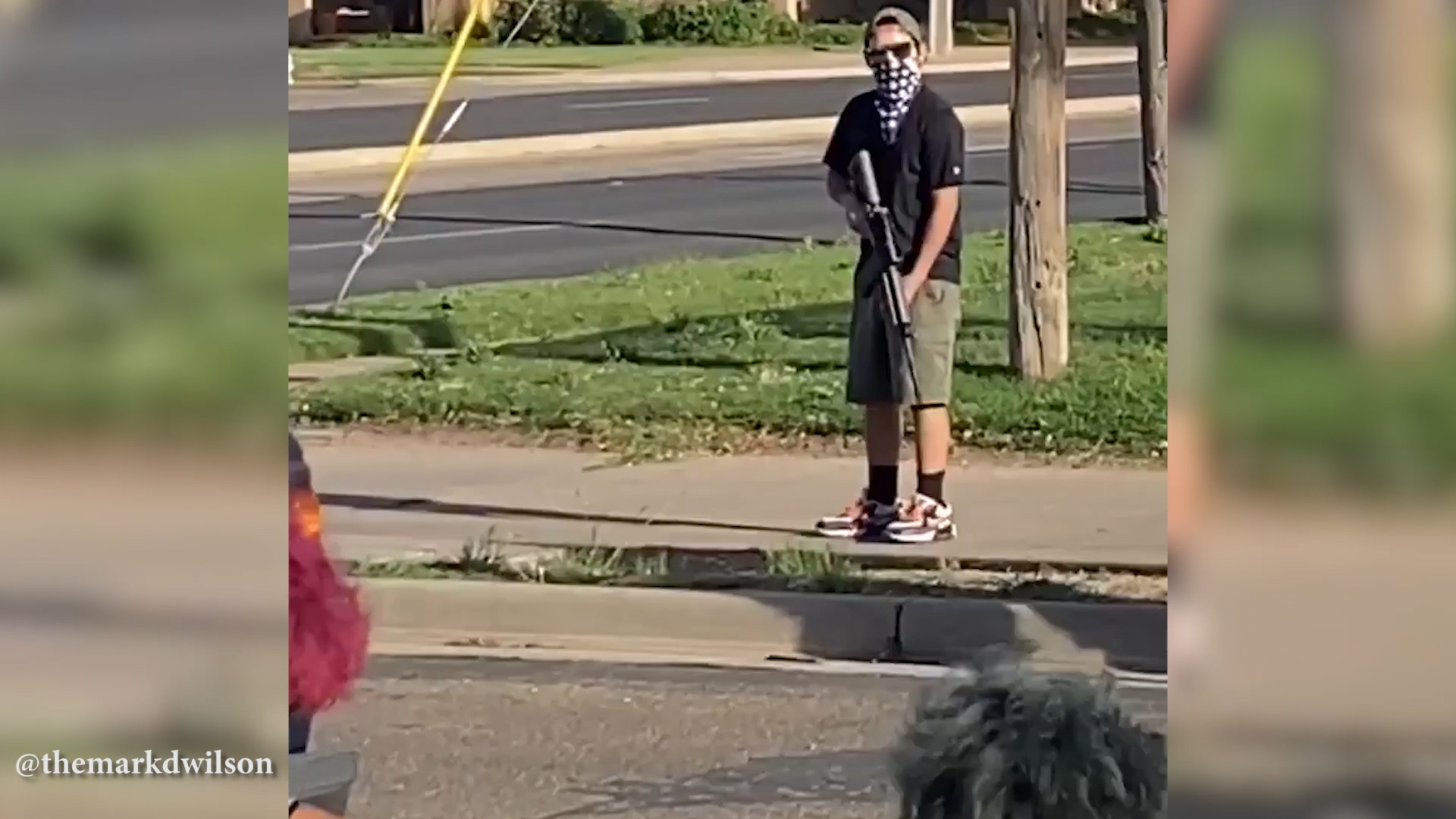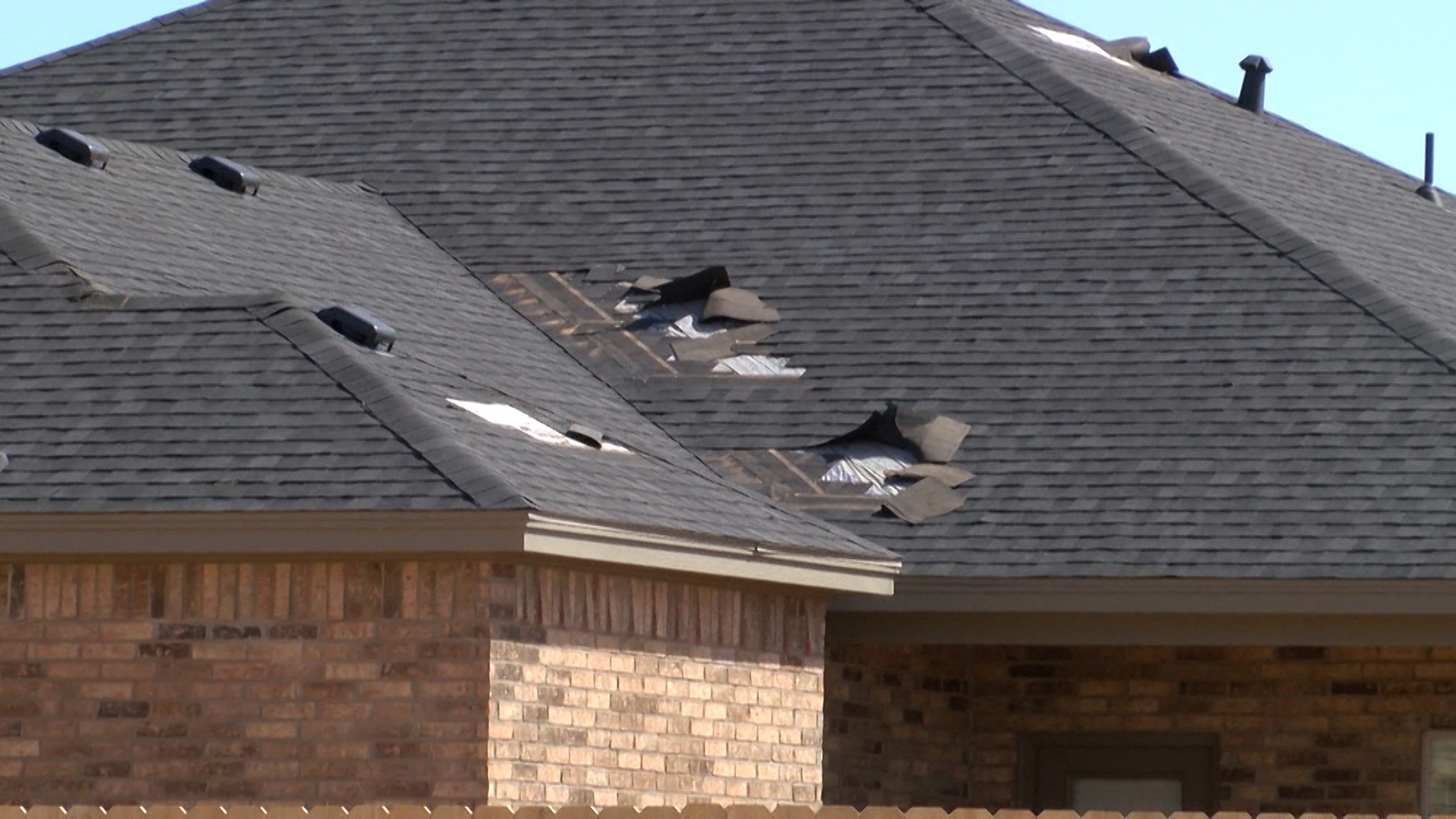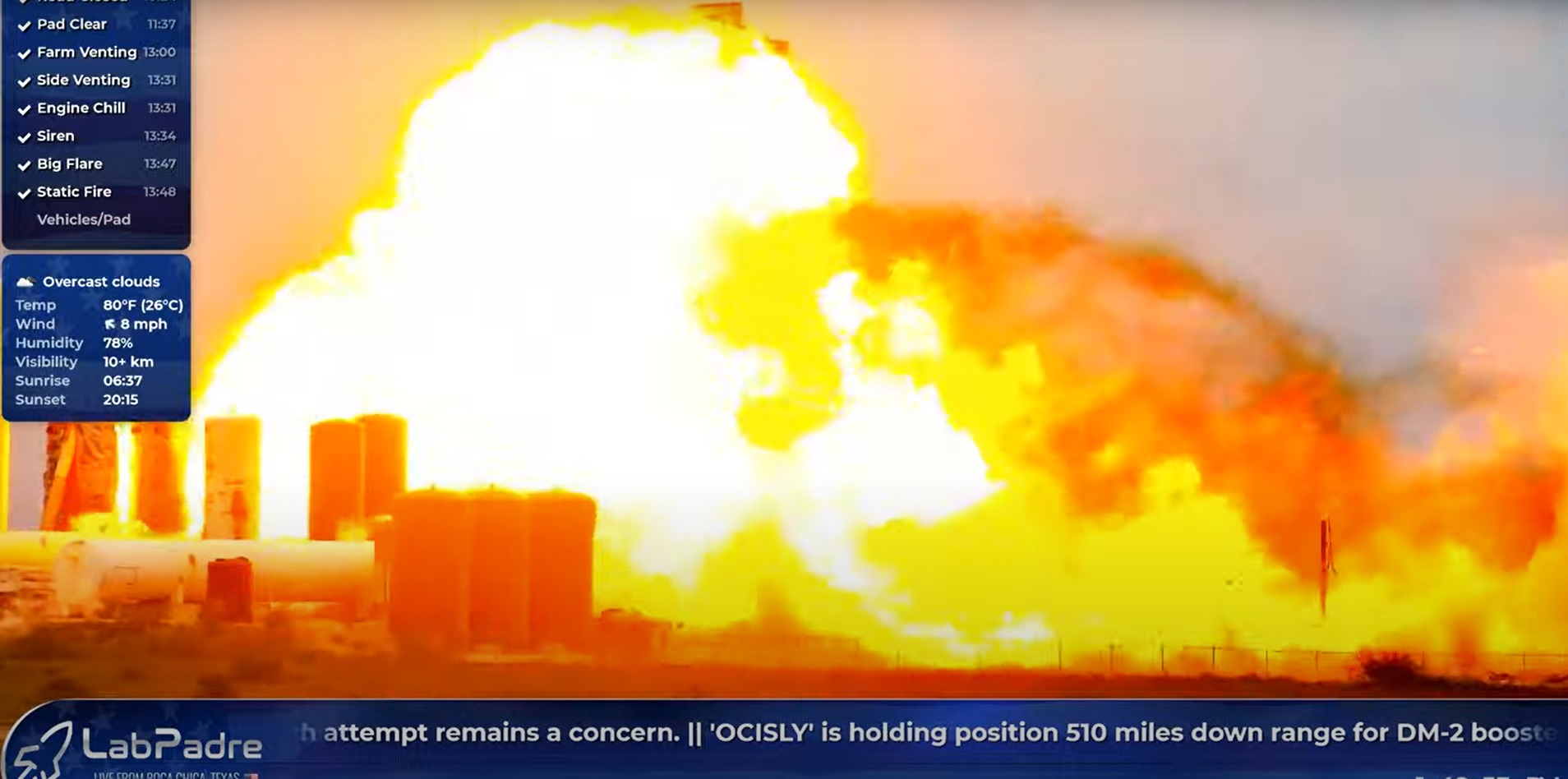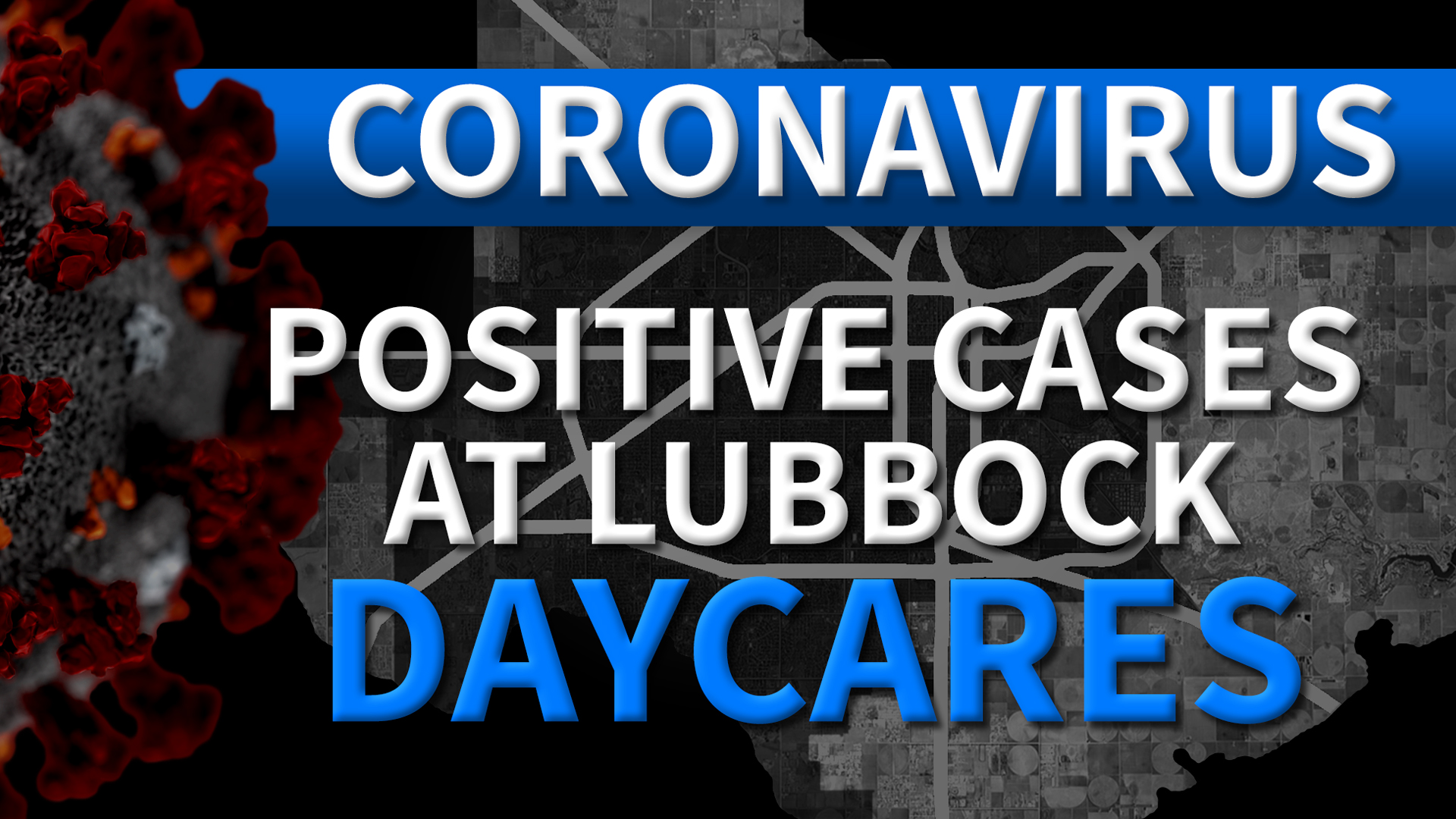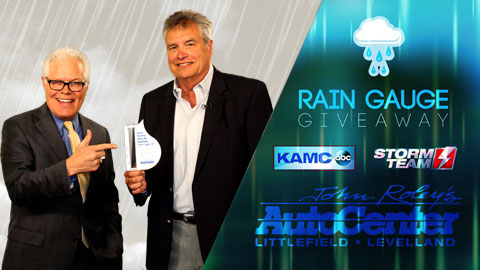Hidden in a building at Reese Center is an important testing station. The Texas Tech Debris Impact Facility conducts experiments on different types of wind-lifted debris that could cause significant damage to people’s property and threaten people’s lives during tornado and wind events.
Researchers begin by taking a fifteen pound two by four and placing it in a launcher. At the other end of the launcher is storm shelter material that will be tested. Firing the launcher, the two by four propels out of the tube at 100 miles per hour hitting the testing material and shattering into pieces.
According to Doctor Ernst Kiesling, research professor at the National Wind Institute, the two by four travelling at 100 miles per hour corresponds to a tornado wind speed of about 250 miles per hour, which can have devastating impacts.
“That has the ability to do a lot of damage and perforate ordinary building structures. In fact, for an ordinary wall, it would go through several walls and it would be dangerous to be in an ordinary shelter.”
So they test materials like doors and windows that would be used in storm shelters in order to determine if they’re safe.
“There are established standards for performance for tornado shelters and that’s one of the criteria. In other words, it must be able to resist the wind born debris if it’s considered to be a safe storm shelter.”
Along with tornadoes, severe storms can also bring damaging hail, which is something that researchers at the Debris Impact Facility also test.
“So we do a little bit of hail testing primarily to look at the ability of roofs to withstand different types of hail without damage or without the degree of damage imposed by different hail storms. But hail, and the two by four boards are the primary things we test for here.”











